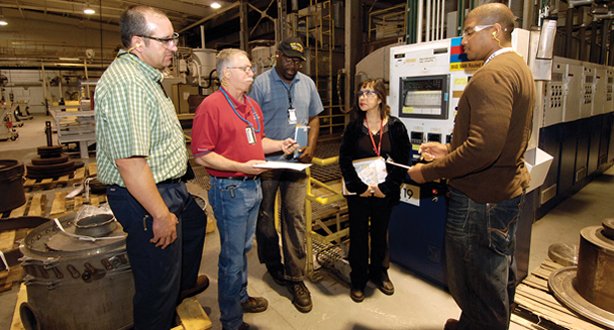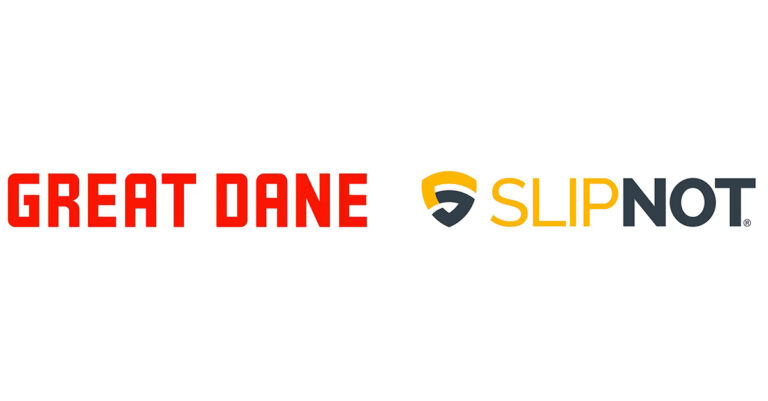The chances of OSHA showing up to your workplace are pretty slim. OSHA and State Plans have a combined 8 million workplaces under their jurisdiction. Of those workplaces, there will only be an average of 73,000 inspections annually.
Situations that may trigger an OSHA inspection include:
- Severe injuries or illnesses
- Worker complaints
- Referrals of hazards from other federal, state, or local agencies; individuals; organizations; or media outlets
- Programmed inspections, including those that fall under an OSHA emphasis program
Workplaces in high-hazard industries or ones that “have experienced high rates of injuries and illnesses” may also be targeted for investigations.
Despite the low chances of having to deal with in OSHA inspection, it is best to have a plan for what to do should an inspector come to your workplace. This is especially helpful when you consider the rarity of advance notice before an OSHA inspection.
To be prepared for an OSHA inspection, your workplace should have:
- Safety programs and proper training in place and documented
- Injury and illness logs up to day and going back (3) years
- Personal protective equipment hazard assessments going back (5) years
- An emergency action plan
- A hazard communication program
All of the above items should be well documented. The unwritten 11th Commandment of OSHA is “If it’s not in writing, it never happened,” according to Paul McNeill, a former OSHA Certified Safety and Health Official. Both OSHA and State Plans offer free consultations that involve a full review of safety deficiencies.
An important part of your plan for an OSHA inspection is who will be greeting the inspector. The person meeting with the OSHA inspector should be non-confrontational, remaining friendly and neutral throughout the process. Along with who greets the inspector, your OSHA inspection preparation plan should include: how small hazards will be corrected; who’s in charge of gathering documents; who will accompany the OSHA inspector; a designated union representative if there are union workers in the facility; and designated backups for those workers accompanying the OSHA inspector.
John Newquist, a former OSHA area director, also recommends you prepared for the “scary 13”, which are records and documents employers often fail to produce during an inspection.
The “scary 13” include:
- Lockout authorized employee training
- A current list of chemicals used at the facility
- Temporary employees’ OSHA 301 or state workers’ compensation report of injury
- Training records for electrical safe work practices
- Annual respirator training
- Lockout/tagout audits
- Personal protective equipment training
- Noise exposure training
- Bloodborne pathogens training
- Confined spaces – non-permit certification
- Forklift recertification
- Written PPE hazard assessment with certification
- Hazard communication training for all employees with current chemicals
When an OSHA inspector does come to your workplace, the inspection will start with an opening conference, followed by a walkthrough, employee interviews, and a closing conference. If hazards are identified and not corrected, within a reasonable time, you can expect fines. Free consultation services are available after the closing conference to help correct any hazards.
You can learn more about proper planning and what to expect from an OSHA inspection by heading over to Safety + Health Magazine.
Source: “What to expect when OSHA is inspecting” Safety + Health Magazine




